In this striking composition titled The Circus, Rudolf Moller, a German artist of the early 20th century, captures the intensity and dramatic tension of a marginal world: the world of the circus. Through expressive tones and a bold gouache technique, Moller firmly anchors this work within the context of German Expressionism, a major artistic movement born in response to the social and political upheavals of its time.
All the key characteristics of Expressionism are present here: a contrasting palette, a turbulent, ominous sky, stylized, almost caricature-like forms, and a theatrical perspective that heightens a sense of strangeness and emotional tension. The streaked dark sky, the ghostly figures, and the deep shadows evoke a world that is both festive and unsettling—where spectacle meets unease.
The circus is far from a trivial theme; it is a recurring subject in modern art, and particularly in Expressionism, from Heinrich Campendonk to Otto Dix and Emil Nolde. It symbolizes a space of freedom and transgression, but also a social microcosm that reveals human tensions. In Moller's vision, this colorful, itinerant world becomes a mirror of the human condition, poised between light and shadow, illusion and reality.
With its graphic strength, daring use of color, and poetic observation of circus life, this work reflects the emotional depth and symbolic richness of German Expressionism—of which Rudolf Moller offers here a distinctive and authentic example.






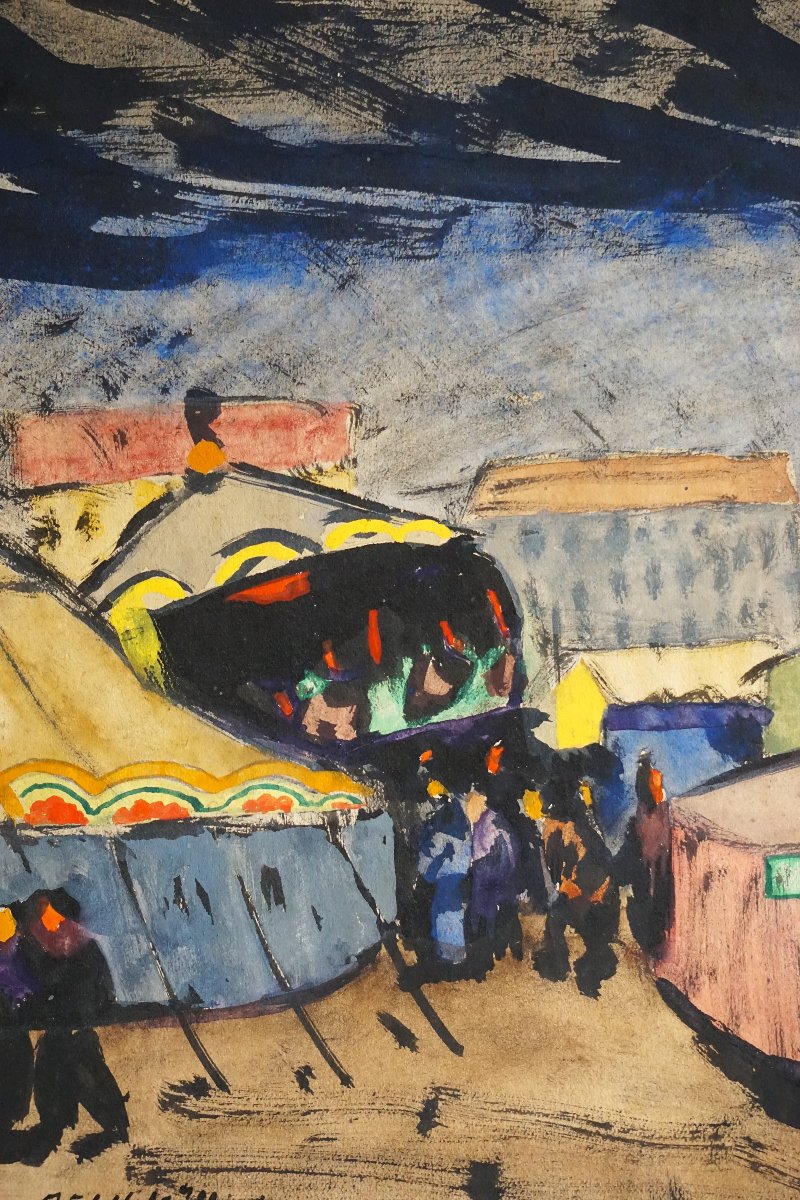
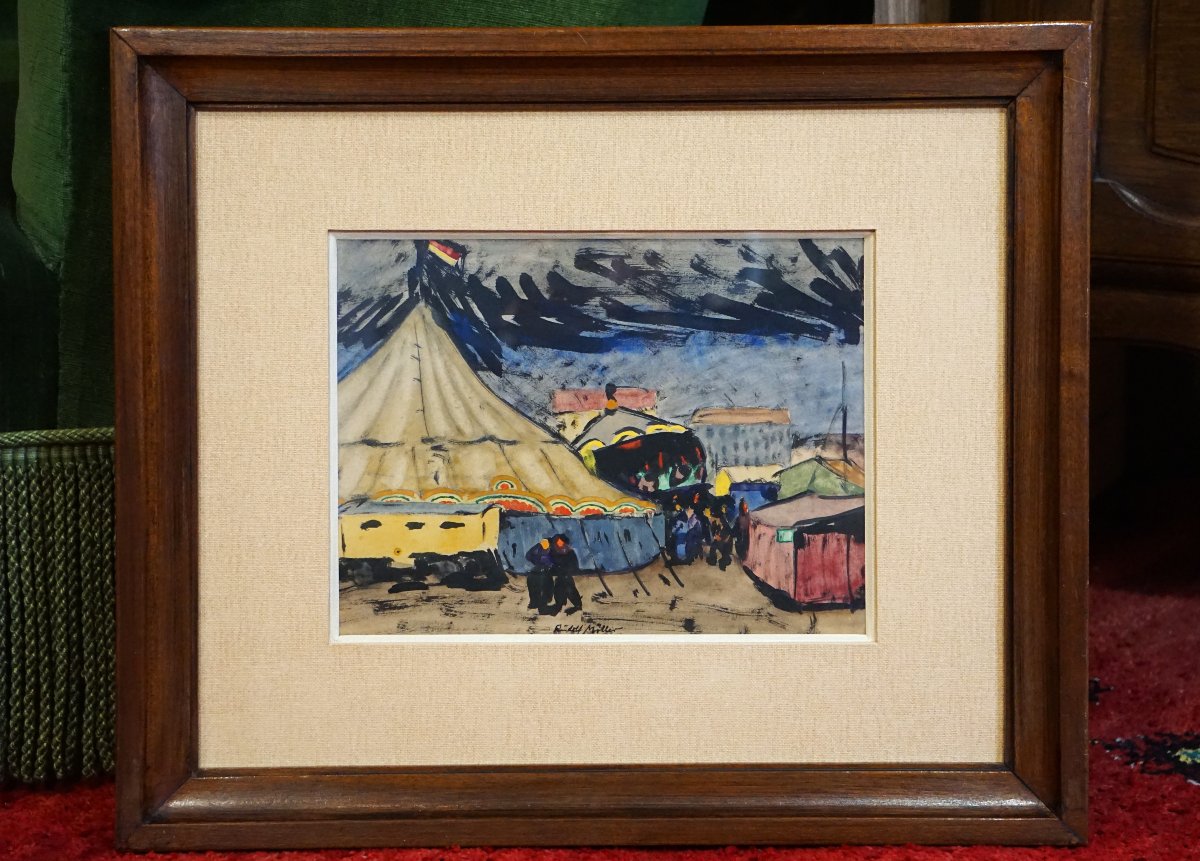

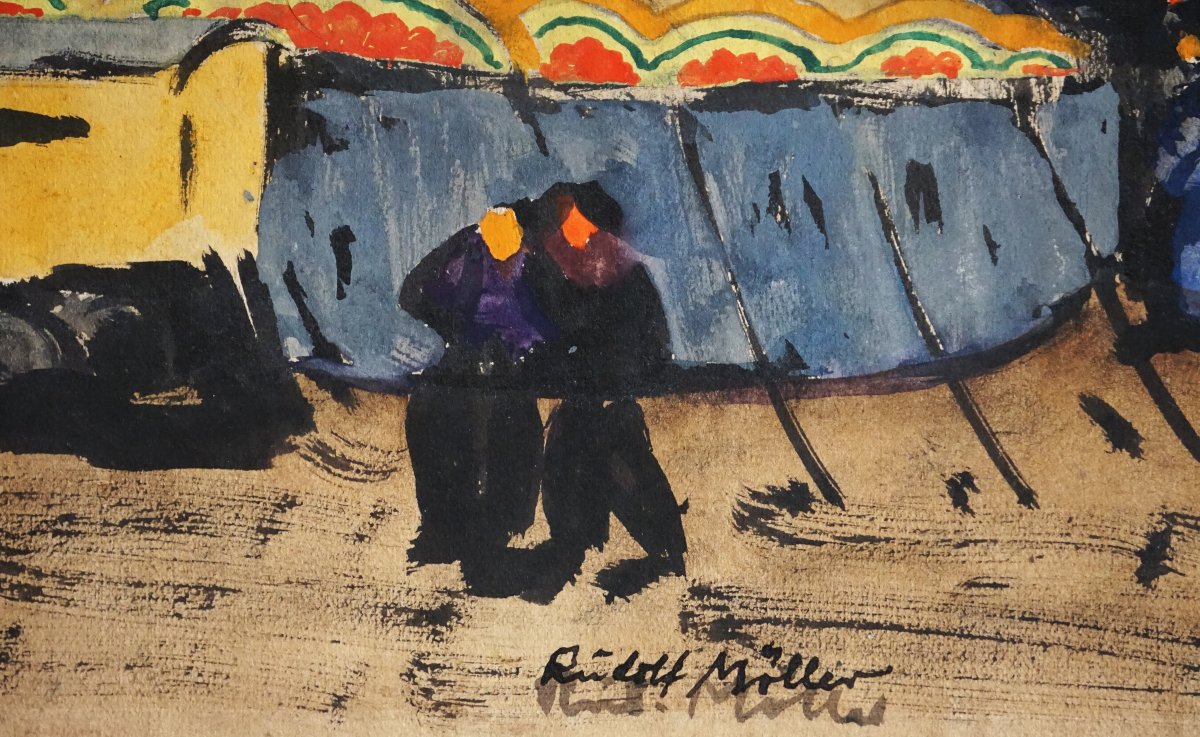



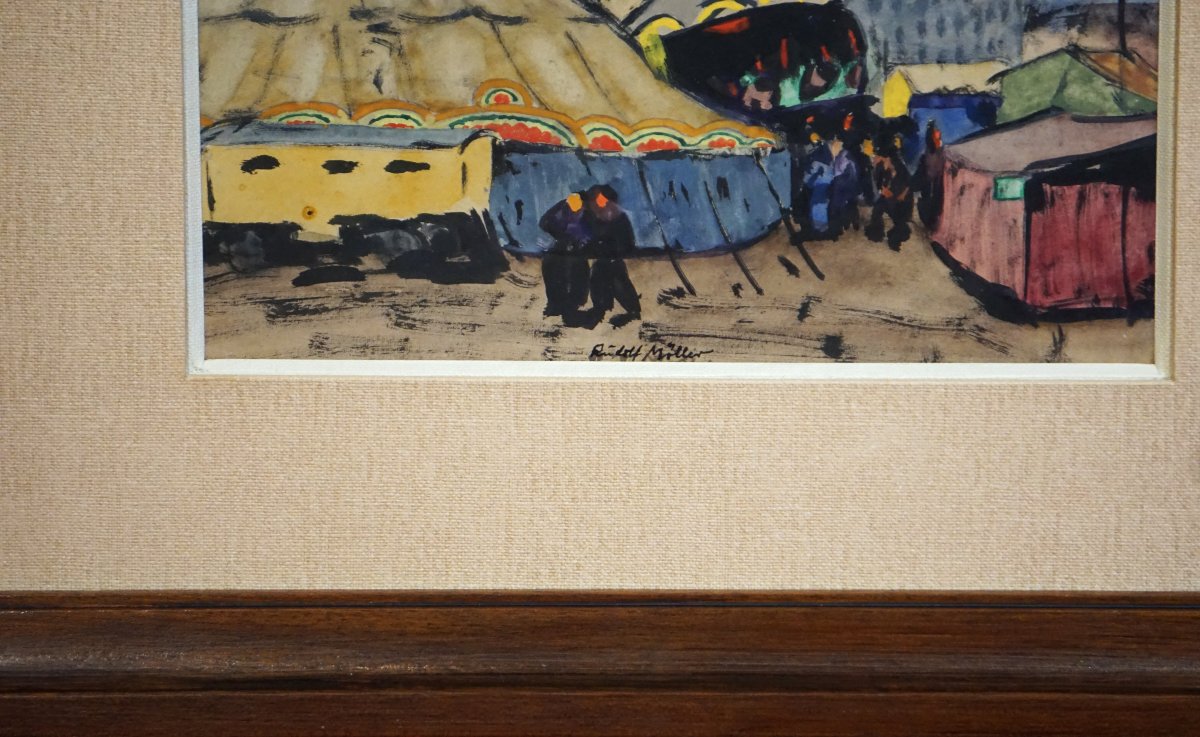


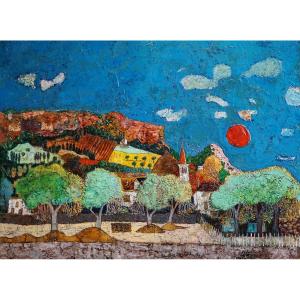
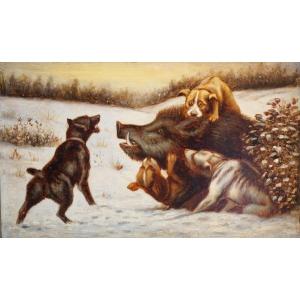


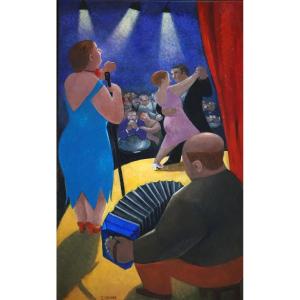



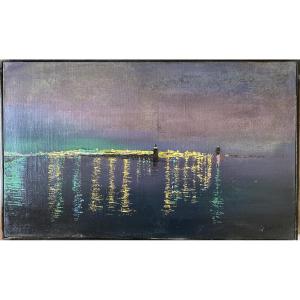





 Le Magazine de PROANTIC
Le Magazine de PROANTIC TRÉSORS Magazine
TRÉSORS Magazine Rivista Artiquariato
Rivista Artiquariato
